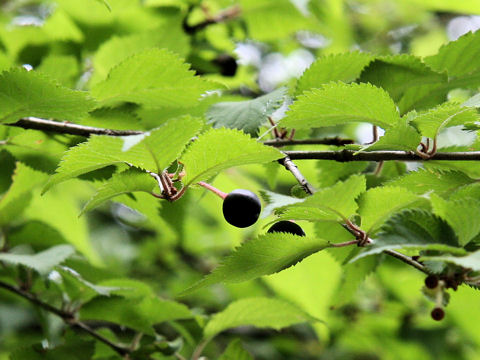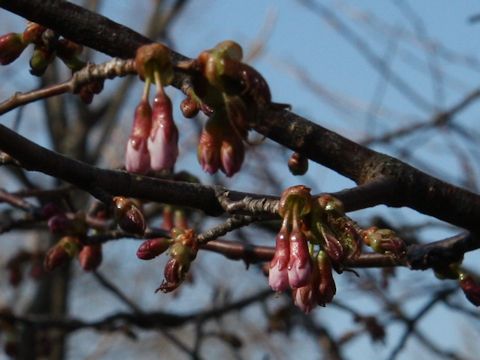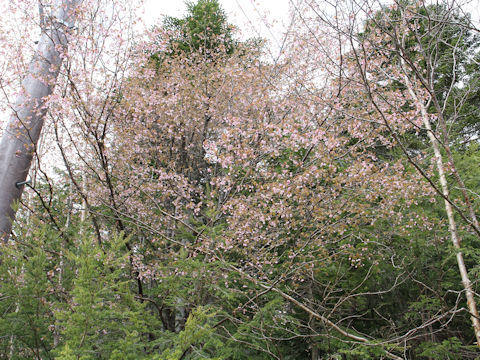|
|
|
|
[Index]
[Back] |
                     |
|
|
|
íªÌ{BAÖnûüÓɪzµÄ¢Ü·Bú½èÌÇ¢Ñɶ¦A³ÍS[gÙÇÉÈèÜ·BtÍíªÌu³çvÌÅÍAŬŷBtÍ`ÅAóÌdª èÜ·BRº{©çTã{²ëAF©çWgFÌÔð穹ܷBʼÅuÓ¶´çixm÷jvÆàÄÎêÜ·B |
|
|
oÈTN®ÌtáØÅAw¼Í Prunus incisaBp¼Í Fuji cherryB |
|
|
The Fuji cherry (Prunus incisa) belongs to Rosaceae (the Rose family). It is a small deciduous tree that is native to around Kanto district of Honshu. This tree grows in sunny forest edges and can reach about 4 m in height. The leaves are most small in the Japanese cherry groups. They are ovate with indented duplicato-serratus edges. The white to pale rose pink flowers bloom from late March to early May. |
|
|
[ãEP] Èاúõsuåt®úõA¨vÉÄA2010N0626úBeB [Q`U] R§kmsuÒ}RvÉÄA2013N0505úBeB [V`X] {é§åäs¾æuåäsìvÉÄA2018N0404úBeB [PO`PQ]媧Ê{suß©xvÉÄA2018N0427úBeB [PR`PU] ·ì§²v䬪SÉÄA2018N0518úBeB [PV`PXEº] AJEeLTXBu_XA¨vÉÄA2011N0306úBeB(photo by Jon Suehiro) |
|
|
|
Shu Suehiro |